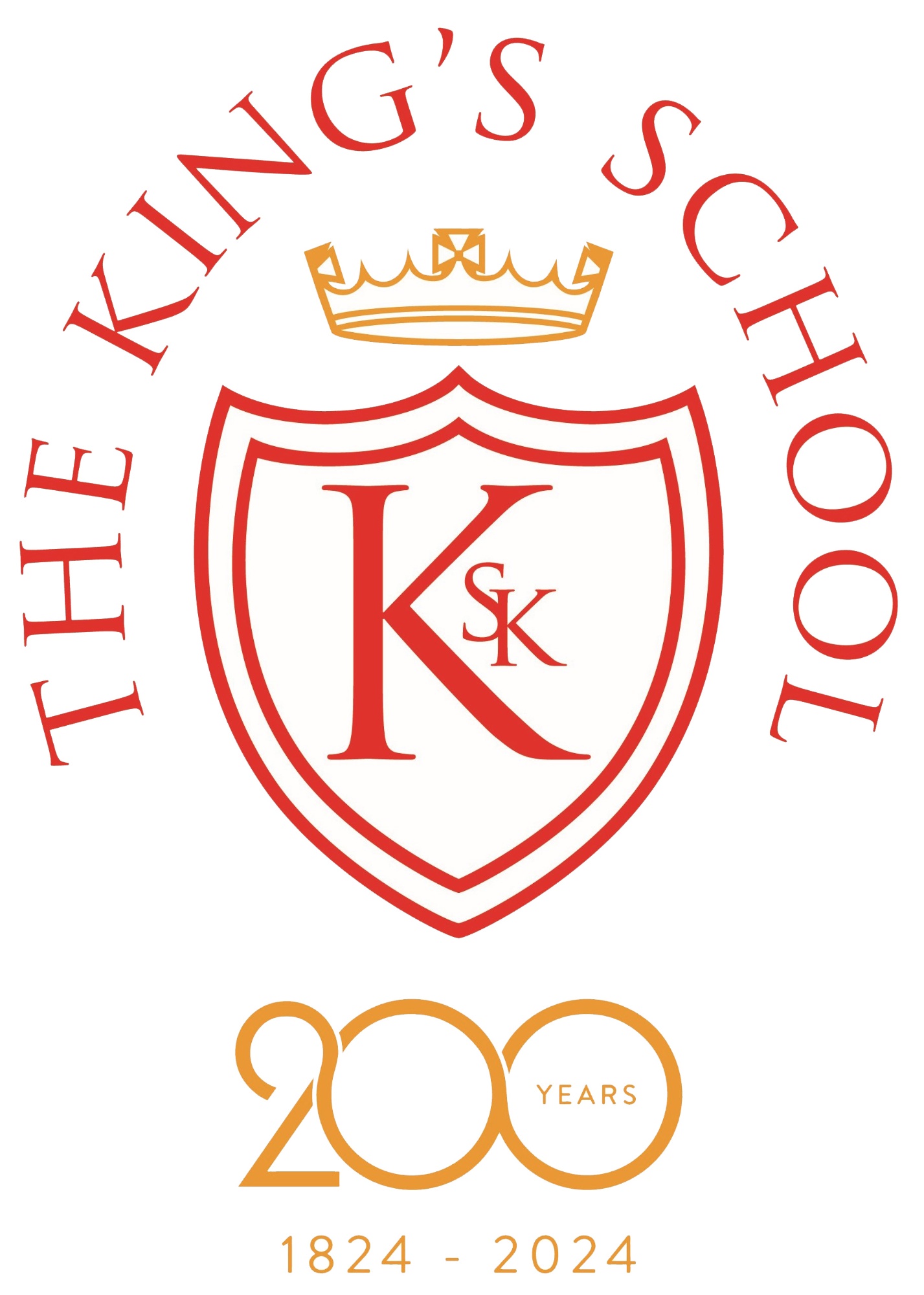Assessment
The King’s School Assessment Policy
Ten Assessment principles
- Integrated:
Assessment is fundamental to teaching and learning and must be integrated into every learning situation. It informs future planning, enables class and individual target setting and ensures teachers and pupils have a shared understanding of the ‘next steps’. Assessment gives children and teachers the vital signposts for improvement and allows every child to be challenged at every stage of their learning.
- Inclusive:
Assessment is holistic, child centred, creative and inclusive; evidence for assessment is from a variety of sources:
- Learning in books
- Marking including written feedback
- Discussion and verbal feedback
- Observations
- Pupil conferencing
At The King’s School all children are supported to achieve their best allowing them to shine and demonstrate their achievements.
- Individual:
A child’s progress is assessed against age expected national curriculum performance indicators, not against their peer group.
- Embedded:
Assessment is an integral part of classroom learning and is embedded in all learning and teaching. Learning objectives and success criteria are used routinely in lessons, enabling children to take responsibility and ownership of their learning and teachers to assess progress against clear learning objectives. Children at The King’s School are encouraged to use the WILF (what I am looking for) as a way of establishing how to achieve their learning objectives (OL - our learning).
- Continuous:
Assessment is ongoing throughout a topic/unit of learning to identify understanding of concepts, skills and knowledge and identify gaps to inform planning and support. Additionally, end of term/year formal test style assessments are used for reading comprehension, spelling, punctuation and grammar (SPAG) and maths; in all other subjects, assessments are based on a body of work across a topic, term or year.
- Developmental:
Skills are taught through a broad and balanced curriculum enabling children to accumulate the skills necessary to prepare them for statutory assessments in phonics at the end of Year 1, multiplication in Year 4 and SATS at the end of key stage 1 and 2 and transition to the next unit/year of learning:
For example:
- Comprehension skills are taught and practised through guided reading sessions
- Daily phonics in key stage 1 builds phonological awareness and supports spelling
- Spelling lessons in key stage 2 support writing and reading
- Grammar activities in English lessons support punctuation and grammar
- Child centred:
Children are actively involved in assessment through:
- Setting and reviewing of targets
- Understanding the skills they need to achieve their learning objectives by creating and using success criteria (WILF)
- Individual and peer assessment against learning objectives
- Discussing their learning with peers and teachers
- Reflecting on their learning through discussion and responding to teacher marking (verbal / written)
This ongoing self-improvement process assists children to understand what makes a ‘good learner’ (metacognition) and links directly with The King’s School ‘Learning Certainties’, motivating children to be determined, resilient independent learners.
- Shared:
Feedback to parents is through parent/carer teacher meetings, open days, book looks and end of year reports; this is based on a child’s progress against the national curriculum age expectations. Assessment outcomes are shared in an open and honest way to inform parents of their child’s progress and assist them in supporting their child.
- Consistent:
To ensure validity, consistency and accuracy assessment judgements are regularly moderated within our school across year groups and with other schools.
- Tracked:
Continual tracking of children’s progress ensures:
- Every child’s progress is monitored and next steps identified
- Additional challenges are provided, when appropriate
- Need for learning support is identified quickly
